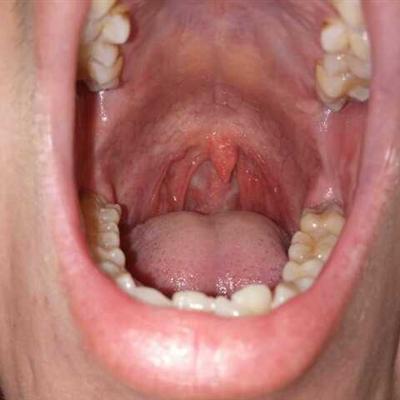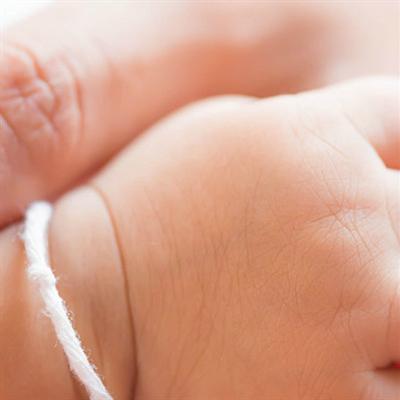What symptom does cervical CIN have
summary
Cervical epithelial dysplasia (CIN) belongs to precancerous lesions. Cervical epithelial cells show varying degrees of atypia, which are characterized by different cell sizes and shapes, enlarged nuclei, hyperchromatic nuclei, increased proportion of nucleoplasm, increased mitotic figures, and cell polarity disorder. The lesions gradually develop from the basal layer to the surface layer, and can be divided into three grades according to the degree of lesions
What symptom does cervical CIN have
First: cervical intraepithelial neoplasia (CIN), is the name of a group of diseases, including cervical atypical hyperplasia, cervical carcinoma in situ.
Second: cervical carcinoma in situ refers to the cervical epithelial cells canceration, but the canceration did not break through the basement membrane, did not invade the stroma.
Third: cervical atypical hyperplasia refers to the cervical epithelial cells are partially or mostly replaced by different degrees of heterotypic cells, is a precancerous lesion of the cervix. According to the degree of epithelial invasion, it can be divided into three levels. Mild (CIN grade I): the lesion is limited to the lower 1 / 3 of the epithelial layer, i.e. mild cervical atypical hyperplasia; moderate (CIN grade II): the lesion is limited to 1 / 2 ~ 2 / 3 of the epithelial layer, i.e. moderate cervical atypical hyperplasia; severe (CIN grade III): the lesion almost involves all the epithelial layer, with only 1-2 layers of normal squamous epithelium on the surface, i.e. severe cervical atypical hyperplasia and cervical carcinoma in situ. All levels of cervical intraepithelial neoplasia may progress to invasive cancer. Generally speaking, the higher the level, the more chance of progression to invasive cancer.
matters needing attention
According to the extent of the lesion and the degree of histological abnormalities, different methods can be selected for treatment. 1. Patients with CIN grade I can be treated as cervicitis, and they can be followed up every 3-6 months and examined by scraping. 2. The patients with CIN Ⅱ can be treated by electrocoagulation, cryotherapy, laser and microwave. 3. Radical hysterectomy is recommended for patients with CIN grade III, and conization is recommended for those with fertility preservation.
















